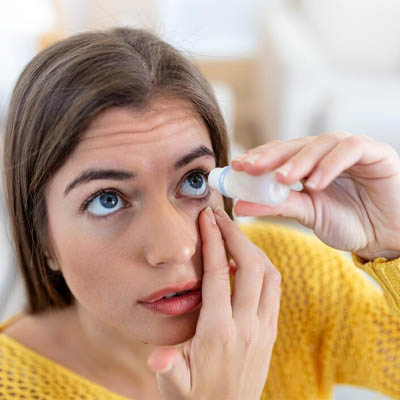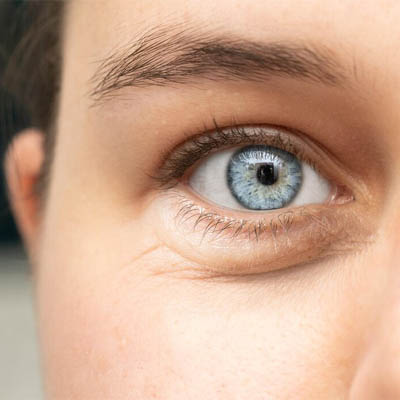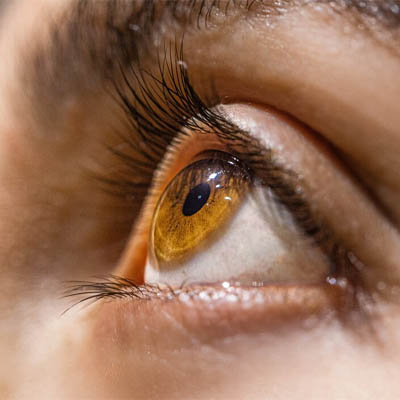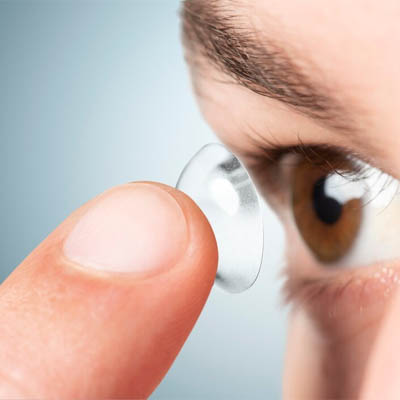What is Dry Eye Disease ?
Dry Eye Disease
Dry eye syndrome occurs when tear production and drainage are not in balance. People with dry eyes either do not produce enough tears or their tears are of poor quality. The result? Unpleasant symptoms, including itching, burning, redness, watery eyes, excessive tearing—and even eye pain. Dry eye syndrome can also increase your risk for more serious eye problems like corneal ulcers.
Without treatment or proper medication, DES can worsen over time.While over 80% of dry eye cases are due to blocked oil glands in the eyelids — a condition called meibomian gland dysfunction or evaporative dry eye — other factors can also cause this syndrome.
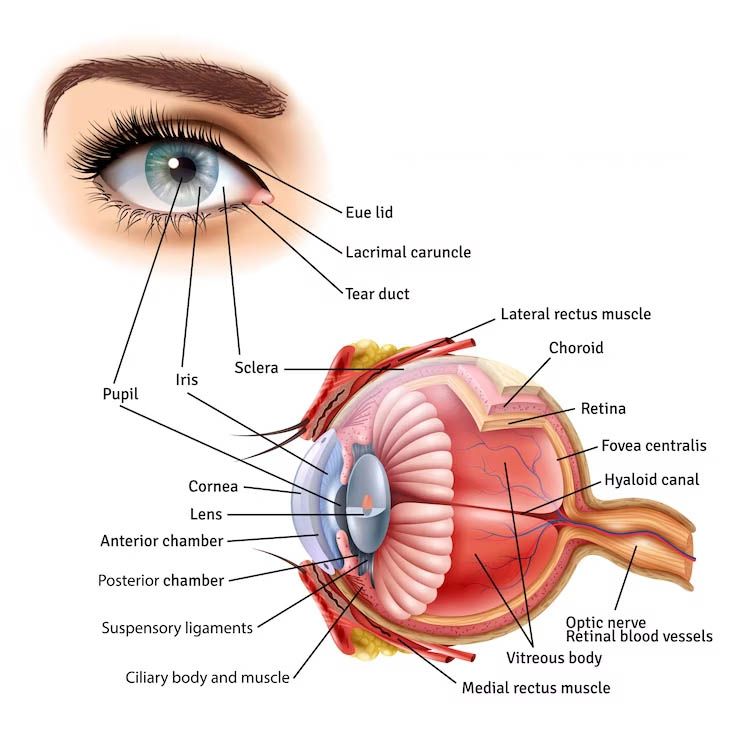
Dry Eye FAQs
Common symptoms of dry eye disease include the following:
- Chronic sensation of dryness, itching or burning in the eyes
- Sensitivity to light
- The feeling of a foreign object stuck in the eyes
- Blurry vision
- Persistent eye fatigue
- Discomfort when wearing contact lenses
There are two primary reasons why you may develop dry eye disease: either your eyes do not produce enough tears, or the tears they do produce evaporate off the ocular surface too rapidly.
Insufficient tear production can occur because of advancing age, the use of certain medications, untreated underlying medical conditions or environmental factors (e.g., exposure to dry, arid or windy climates). Prolonged digital device use can also interfere with tears spreading across the ocular surface, because blink rate naturally slows down when looking at a computer or smartphone screen.
Poor tear quality usually occurs due to a problem with the eye’s meibomian glands. Obstructions can build up in the glands, preventing them from secreting oils that are crucial to the tear film. Without adequate oils, the tears do not “stick” to the ocular surface as they should, and the eyes dry out.
Dr. Pamel diagnoses dry eye after a comprehensive eye examination, an evaluation of your tear production and an analysis of your tear film composition. He will also inquire about your medical history, current medications and any behavioral or environmental factors that could be contributing to dry eye disease.
Leaving dry eye untreated can have serious long-term consequences, because your eyes rely on sufficient moisture to ward off infection and injuries. Eventually, the lack of moisture can lead to corneal ulcers, scarring and other problems.
The best dry eye treatment for your case depends on the underlying cause and severity of your symptoms. Some mild cases of dry eye can be treated by discontinuing the use of a medication that dries out the eyes, addressing an underlying health issue or using artificial tears.
More severe symptoms will require other medications or procedures to reduce tear loss, stimulate tear production or restore balance to the tear film’s composition. You may need treatment to clear obstructions within your meibomian glands, helping them to resume oil secretion.



